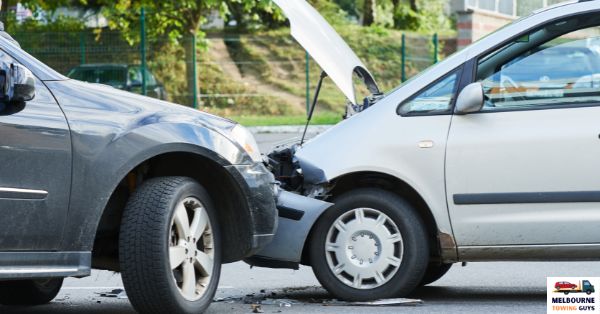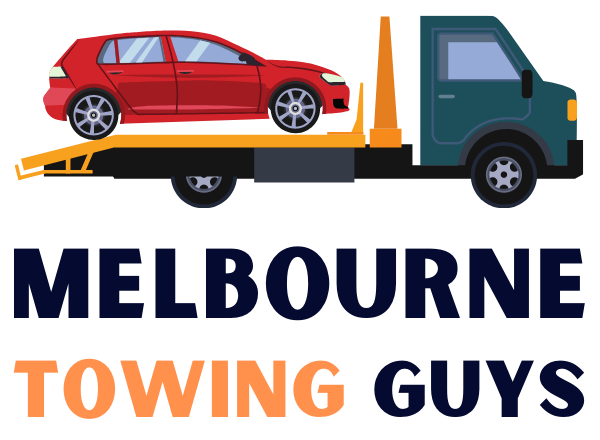Introduction
Accidents are never planned, and when they happen, they can be overwhelming. Among the many concerns you may have following a collision, dealing with your damaged vehicle and arranging for its safe removal is crucial. Towing your vehicle after an accident requires careful consideration and adherence to safety protocols. In this comprehensive guide, we will walk you through the steps and provide valuable tips for safely towing your vehicle following an accident.
1. Prioritize Safety
Before attempting to tow your vehicle or arranging for a tow truck, prioritize safety:
-
Ensure that all passengers are safe and out of harm’s way. If anyone is injured, seek immediate medical attention.
-
If possible, move your vehicle to a safe location, such as the shoulder of the road, to prevent further accidents or traffic disruptions.
-
Activate your hazard lights and use road flares or warning triangles to alert other drivers to the accident.
2. Assess the Damage
Examine your vehicle carefully to assess the extent of the damage. This assessment will help you determine whether towing is necessary. Consider the following:
-
Is your vehicle’s engine still operational, or is it immobilized?
-
Are there visible signs of severe structural damage that may compromise safety during towing?
-
Are any tires flat or damaged?
3. Call for Professional Assistance
In most accident scenarios, it’s wise to call a professional towing service for assistance. They have the expertise and equipment to handle accident recoveries safely. Be prepared to provide them with:
-
Your exact location, including nearby landmarks or cross streets.
-
A description of the accident, the number of vehicles involved, and the extent of damage.
-
Your vehicle’s make, model, and license plate number.
-
Any specific instructions or concerns, such as leaks or hazardous materials onboard.
4. Follow the Towing Company’s Instructions
Once the towing service arrives, follow their instructions closely. They will assess the situation and use the appropriate equipment and techniques for safe towing. Be sure to:
-
Provide your identification and any necessary documents to the towing company.
-
Inform the tow truck operator of any specific concerns or requests, such as a preference for a flatbed tow.
-
Obtain a copy of the towing receipt, including contact information for follow-up.
5. Notify Your Insurance Company
Contact your insurance company as soon as possible to report the accident and towing arrangements. They can guide you through the claims process and provide additional assistance.
Conclusion
Towing your vehicle following an accident is not a task to be taken lightly. Prioritizing safety, assessing damage, calling for professional assistance, and following proper procedures are essential steps to ensure a safe and efficient recovery. By being prepared and knowing what to do in the aftermath of an accident, you can navigate this challenging situation with confidence, knowing that your vehicle is in capable hands.
A Full-Service Towing Melbourne Company in Melbourne Northern Suburbs.
Our Services
- Car Towing
- Van Towing
- Truck Towing
- Emergency Towing
- 24/7 Towing
- Motorcycle Towing
- Cheap Towing
- Old Car Removal
- Junk Car Removal
- Boat Towing
- Bus Towing
- Clearway Towing
- Accident Towing
- Caravan Towing
- Trailers Towing
- Parking Towing
- 4WD Towing
- Limousine Towing
Need to tow your vehicle immediately?
Melbourne Towing Guys located near the Box Hill, Victoria 3128. Please check below map.
Melbourne Towing Guys
12 Esperance Rd
Mount Waverley VIC 3149


Recent Comments